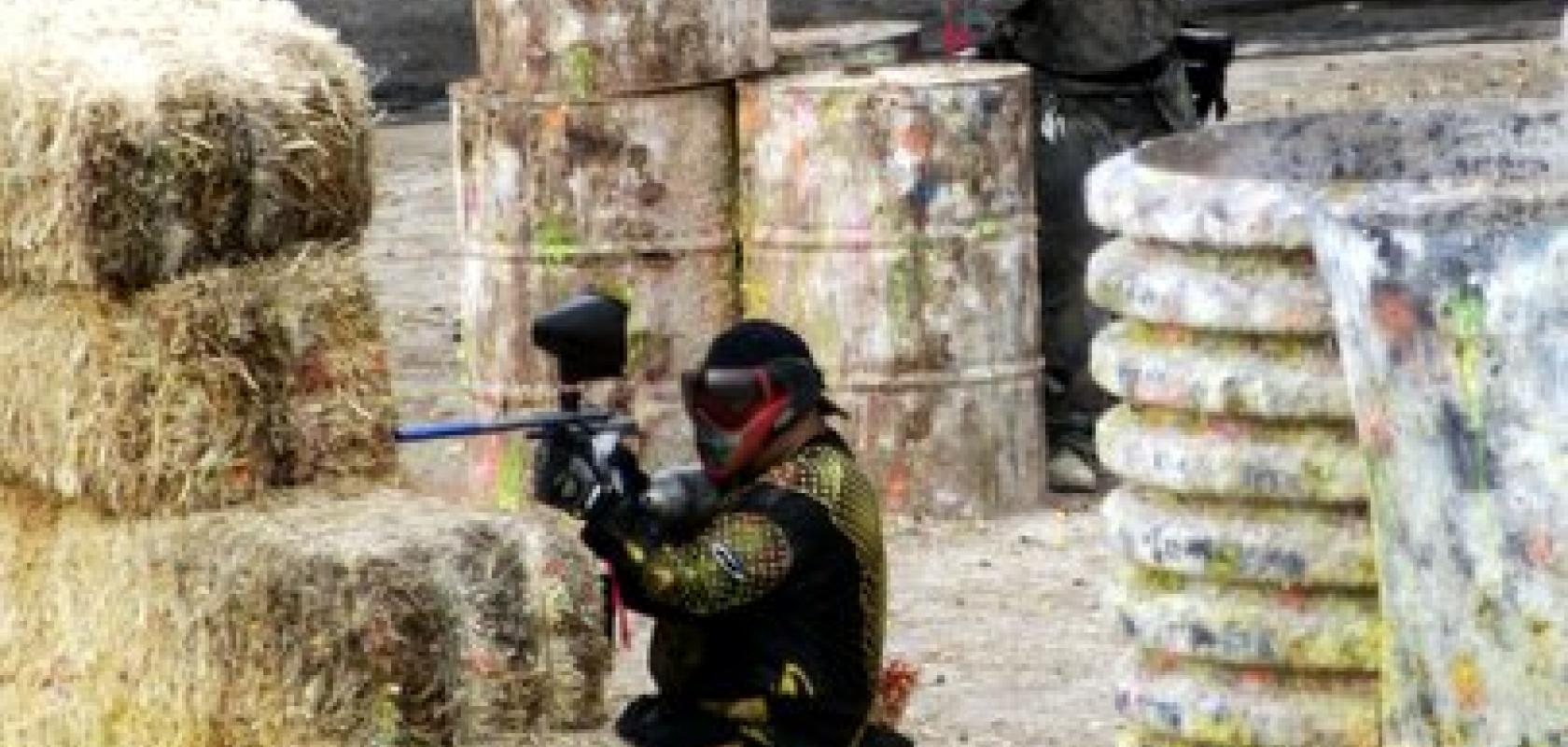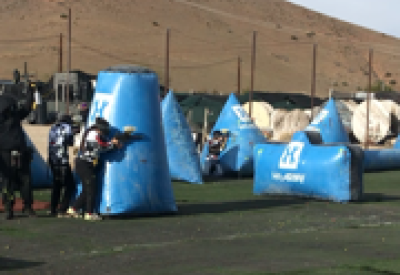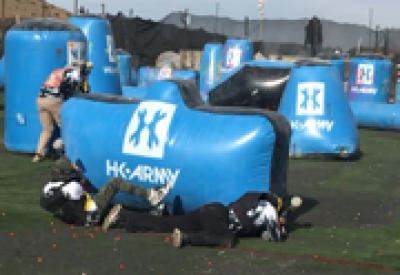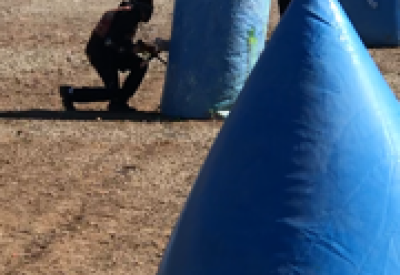Leave No Trace

“Leave No Trace On The Environment”
The paintball is made of a biodegradable gelatin that will dissolve with time. However, the paint inside of the paintball can at times be questionable. Cheaper paintballs or seconds sometimes use an oil-based fill. This oil can damage the environment, not to mention any animal that might find a few dropped paintballs on the ground and eat them. Only buy paintballs that have PEG (or polyethylene glycol) as a filling.
In addition, the paintball is made of food-grade materials, which is excellent for those who might accidentally get some paint in their mouth. However, it is extremely toxic to both cats and dogs. If it is lethal to those animals, it is highly likely to be lethal to other animals as well. As such, paintball manufacturers should develop a new filling that is safe for both accidental human and animal consumption.
Paintball are not bad for the environment because they are biodegradable. They are nontoxic and break down naturally with time. If players cleanup their shells, used batteries and trash, then the area will be clean and do no harm. It is also helpful to use rechargeable batteries.
Best practice is to play paintball at a reputable establishment. https://www.paintballusa.org/location
'Leave No Trace' Follows A Father And Daughter Off The Grid Director Debra Granik's film is based on a true story about a veteran suffering from PTSD who lives secretly in a municipal forest with his teenage daughter.
Find a paintball park near you with a google search: "paintball parks near me" or if you are gathering information for an upcoming birthday celebration, "paintball birthday parties".
https://www.paintballusa.org/reservations/booking-request
Leave No Trace Principles
These principles apply to many outdoor sports including paintballing. Learn how to leave a smaller footprint while enjoying the great outdoors. Leave No Trace teaches people of all ages how to enjoy the outdoors responsibly and ensure the long-term health of our natural world. Yosemite National Park’s first Leave No Trace educators offer a one-night backpacking trip to Inspiration Point, above Yosemite Valley. As you hike and camp in a stunning setting, you will get to learn, discuss and share Leave No Trace practices for trip planning, cooking, disposing of waste and more. Successful participants will become certified Leave No Trace trainers, ready to model best practices and train others in minimum-impact outdoor ethics.
- Plan Ahead and Prepare.
- Know the regulations and special concerns for the area you will visit.
- Prepare for extreme weather, hazards, and emergencies.
- Schedule your trip to avoid times of high use.
- Visit in small groups when possible. Consider splitting larger groups into smaller groups.
- Repackage food to minimize waste.
- Use a map and compass to eliminate the use of marking paint, rock cairns or flagging.
- Travel & camp on durable surfaces.
- Durable surfaces include established trails and campsites, rock, gravel, dry grasses, or snow.
- Protect riparian areas by camping at least 200 feet from lakes and streams.
- Good campsites are found, not made. Altering a site is not necessary.
- Dispose of waste properly.
- Pack it in, pack it out.
- Inspect your campsite and rest areas for trash or spilled foods.
- Pack out all trash, leftover food, and litter.
- Deposit solid human waste in catholes dug 6 to 8 inches deep, at least 200 feet from water, camp, and trails. Cover and disguise the cathole when finished.
- Pack out toilet paper and hygiene products.
- To wash yourself or your dishes, carry water 200 feet away from streams or lakes and use small amounts of biodegradable soap.
- Scatter strained dishwater.
- Leave what you find.
- Preserve the past: examine, but do not touch cultural or historic structures and artifacts.
- Leave rocks, plants, and other natural objects as you find them.
- Avoid introducing or transporting non-native species.
- Do not build structures, furniture, or dig trenches.
- Minimize campfire impacts.
- Campfires can cause lasting impacts to the environment. Use a lightweight stove for cooking and enjoy a candle lantern for light.
- Where fires are permitted, use established fire rings, fire pans, or mound fires.
- Keep fires small.
- Only use sticks from the ground that can be broken by hand.
- Burn all wood and coals to ash, put out campfires completely, then scatter cool ashes.
- Respect wildlife.
- Observe wildlife from a distance. Do not follow or approach them. Never feed animals. Feeding wildlife damages their health, alters natural behaviors, and exposes them to predators and other dangers. Protect wildlife and your food by storing rations and trash securely. Control pets at all times or leave them at home. Avoid wildlife during sensitive times: mating, nesting, raising young, or winter.
- Be considerate of other visitors.
- Respect other visitors and protect the quality of their experience.
- Be courteous.
- Yield to other users on the trail. Step to the downhill side of the trail when encountering pack stock.
- Take breaks and camp away from trails and other visitors.
- Let nature's sounds prevail. Avoid loud voices and noises.








